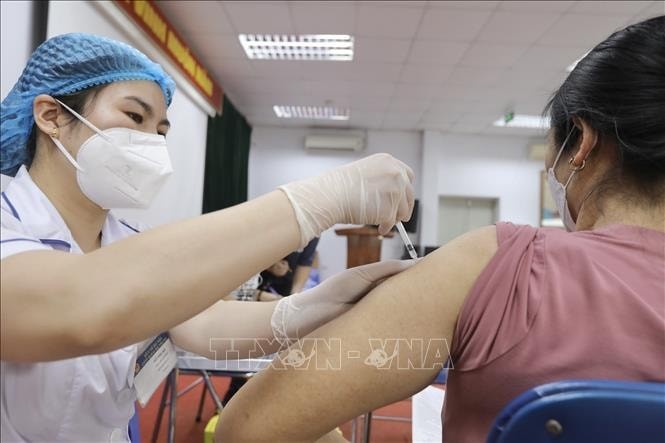
Currently, some variants such as NB. 1.8.1, LP.8.1 are circulating in some countries, with the ability to spread quickly but do not cause more severe disease or affect vaccine effectiveness. WHO classifies these variants as "variants to watch".
In Vietnam, the current goals of COVID-19 prevention and control are: Early detection, timely treatment, limiting infection, and ensuring safety in routine medical examination and treatment activities.
In the recently issued document on Guidelines for Prevention and Control of COVID-19 Infection in Medical Examination and Treatment Facilities, the Ministry of Health said that SARS-CoV-2 is the virus that causes COVID-19, which broke out and caused a global pandemic since the end of 2019.
The World Health Organization (WHO) has declared an end to the global public health emergency for COVID-19 from May 2023. However, WHO continues to recommend that countries maintain basic prevention measures and continuous epidemiological surveillance to promptly detect new variants.
The Ministry of Health's guidelines state that SARS-CoV-2 is transmitted mainly through: Droplets, from respiratory secretions when the patient coughs, sneezes, talks, breathes heavily, spreading over close distances (under 2 meters). Contact route, through hands touching surfaces contaminated with secretions containing the virus, then bringing them to the eyes, nose, or mouth. Airway, through small aerosol particles suspended in the air, especially in closed, poorly ventilated environments or when performing aerosol-generating procedures.
Regarding infection prevention and control measures, the Ministry of Health's guidelines clearly state the need for early detection and timely isolation. Screening for respiratory symptoms and epidemiological factors at the infectious disease clinic or the Emergency Department reception area.
Mild cases, no complications, no underlying diseases: treatment instructions and isolation at home or medical station.
If a person is found to be infected or suspected of having COVID-19 in the clinical department: transfer the patient to the department's temporary isolation room for treatment to avoid infecting others.
Rapid testing or RT-PCR is indicated for patients with progressive acute respiratory failure of unknown cause or people with suspected COVID-19 symptoms and underlying medical conditions in the high-risk group for severe progression.
The Ministry of Health's guidelines also note that patients with serious underlying diseases, immunodeficiency, cancer treatment, dialysis...: should be treated in a separate area (if any); limit contact and movement; strictly comply with hand and respiratory hygiene, use of masks and personal hygiene.
This "Guideline for prevention and control of COVID-19 infection in medical examination and treatment facilities" replaces the "Guideline for prevention and control of COVID-19 infection in medical examination and treatment facilities" issued together with Decision 2609/QD-BYT dated June 20, 2023 of the Minister of Health.
Source: https://baolaocai.vn/bo-y-te-ban-hanh-huong-dan-moi-ve-phong-kiem-soat-lay-nhiem-covid-19-post649756.html












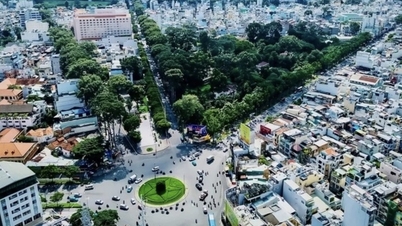


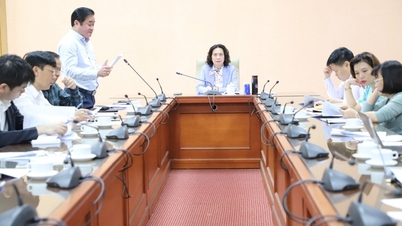
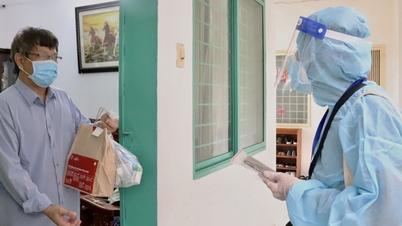









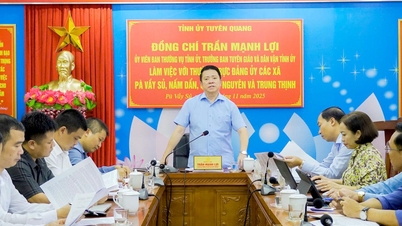










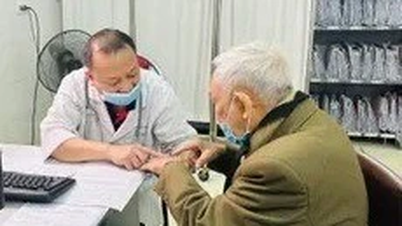

















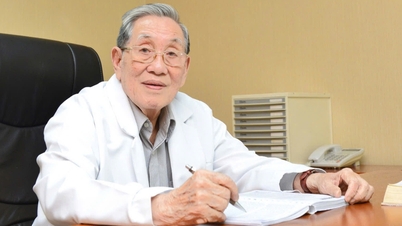
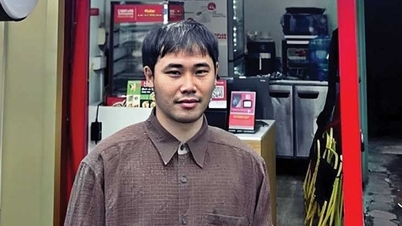


















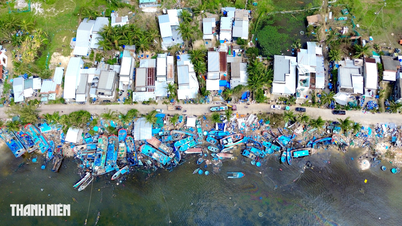








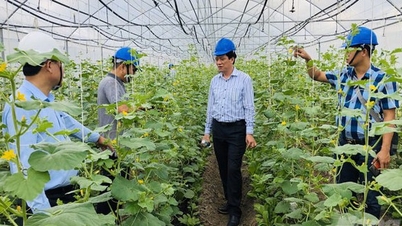






















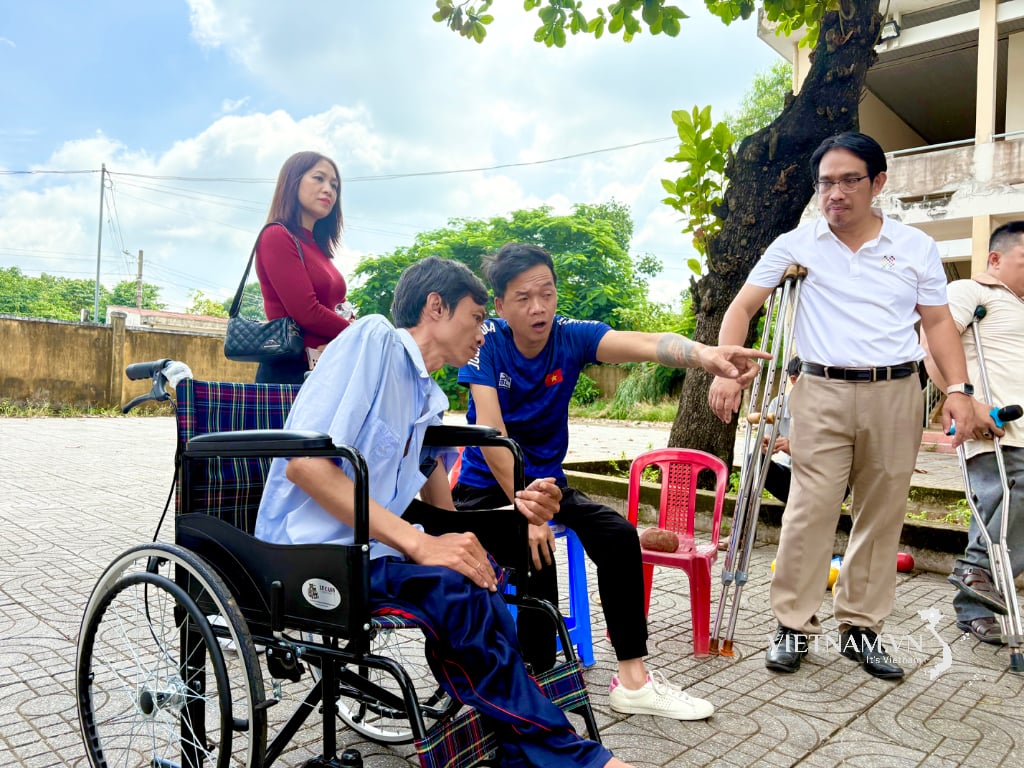

Comment (0)